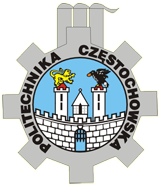Christopher D. Carothers, Professor
Department of Computer Science, Rensselaer Polytechnic Institute
Exascale supercomputers will have the potential for billion-way parallelism. While physical implementations of these systems are currently not available, HPC system designers can develop models of exascale systems to evaluate system design points. Modeling these systems and associated subsystems is a significant challenge because of the system size, high levels of concurrency, interaction between system components, and the model fidelity required to achieve accurate simulation results. The storage system is one critical subsystem for exascale supercomputers and is difficult to model because of multi-layer hardware architectures, multi-layer software stacks, and complex interactions between the hardware and software subsystem components. Parallel discrete-event simulation (PDES) tools provide a convenient way to accurately model these complex interactions with sufficient fidelity, efficiency, and turnaround time.
In this presentation, we present the features, capabilities, and use cases of the CODES framework for evaluating exascale storage system design points. CODES provides a framework for exascale system designers to evaluate the design points of exascale I/O subsystems. We discuss the PDES capabilities of CODES that allow it to simulate large scale I/O systems in a tractable amount of time by harnessing the power of current petascale computing systems. We describe the storage system models and protocols included within the CODES framework that allow system designers to construct and evaluate exascale storage system designs. We demonstrate the use of CODES through simulations of an existing petascale storage system and future exascale storage system designs.





